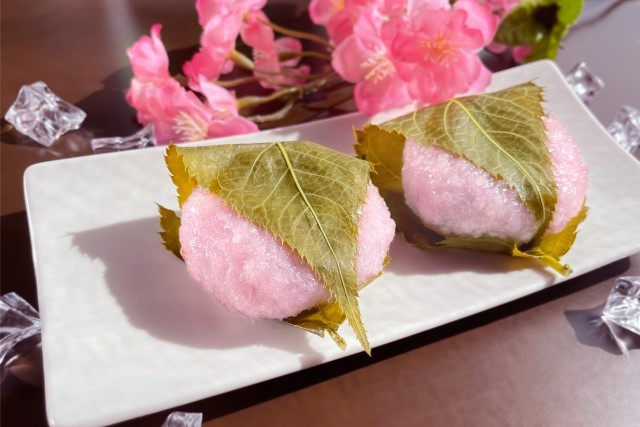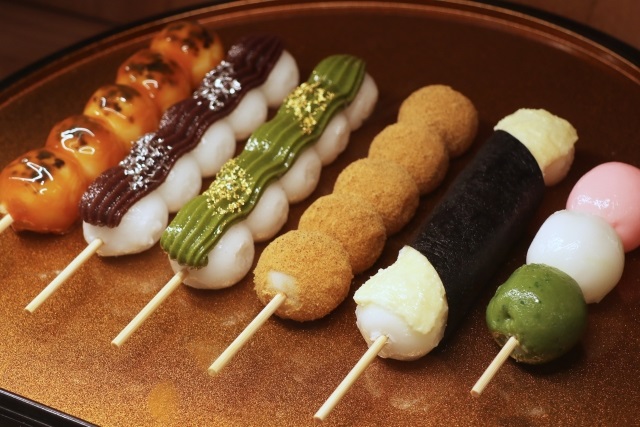Basic Information
Traditional Japanese sweets, or wagashi, place a strong emphasis on the flavors of their ingredients, and the methods and types of these sweets are extremely diverse. Generally, wagashi contain less sugar than Western sweets, bringing out the natural taste of the ingredients. One ingredient frequently used in wagashi is anko (a paste primarily made from red beans and sugar). This article will provide an introduction to wagashi (Part 1).
Warabimochi
Warabimochi is made from the starch of bracken plant, and its unique, sticky texture is a defining characteristic. It is often dusted with kinako (soybean flour) or matcha before being eaten.
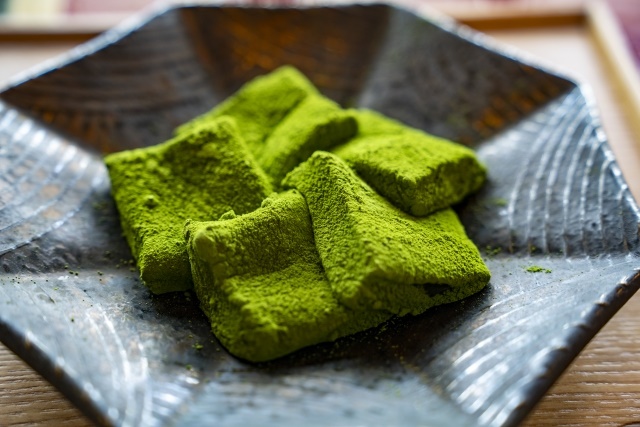
Taiyaki
Taiyaki is a fish-shaped sweet similar to a pancake, made from a wheat flour batter filled with anko. Its outer shell is crunchy, and the anko filling is soft and sweet.
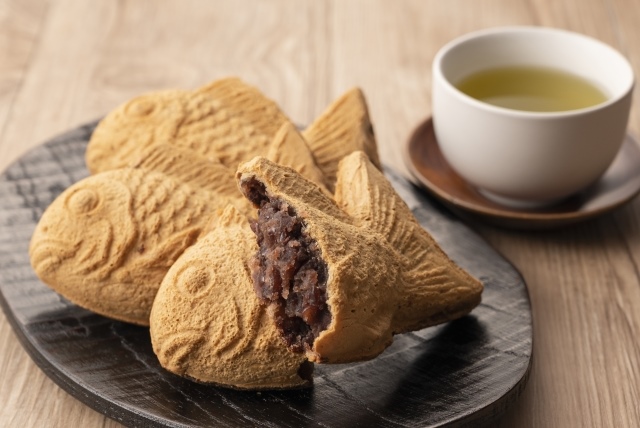
Oobanyaki
Oobanyaki is a sweet made by enclosing anko in a wheat flour batter and baking it. It is similar to taiyaki but it is circular, and the filling can be not only anko but also custard cream or cheese.
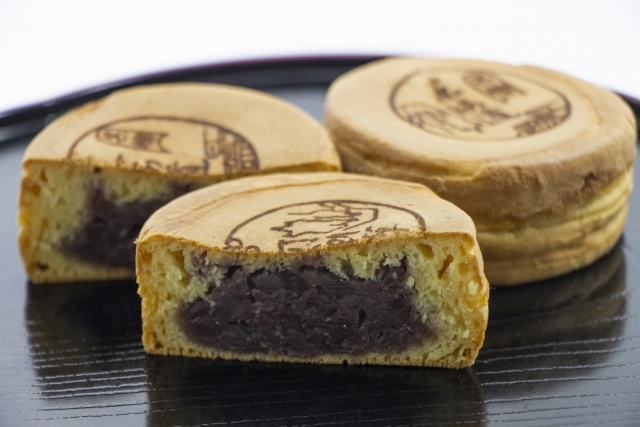
Dorayaki
Dorayaki consists of anko sandwiched between two sponge cakes, similar to Castella cakes. The sponge cakes are light and fluffy and pair well with the sweetness of the anko.
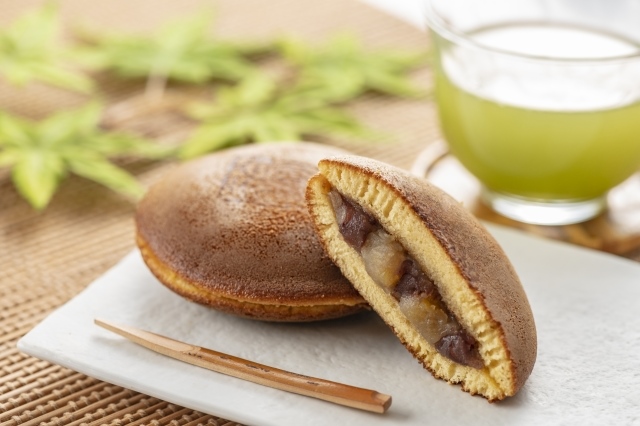
Mitarashidango
Mitarashidango are skewered dumplings made from glutinous rice, which are then coated with a soy sauce, mirin, sake, sugar, and potato starch glaze and grilled. The dumplings themselves have a chewy texture, and the glaze has a sweet and salty flavor.
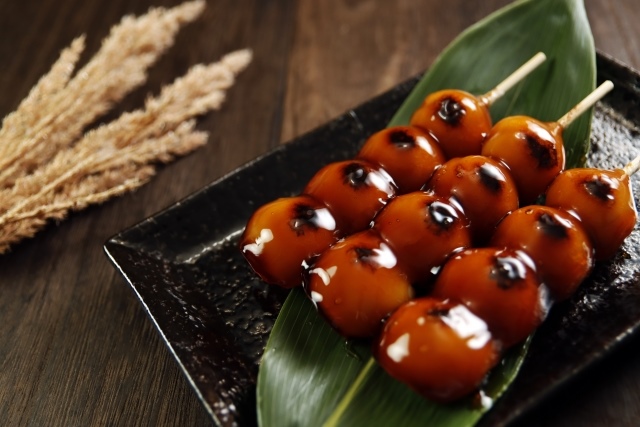
Hanamidango
Hanamidango are skewered dumplings made from three-colored (usually green, white, and pink) glutinous rice. As their name suggests, they are often eaten while viewing cherry blossoms in spring.
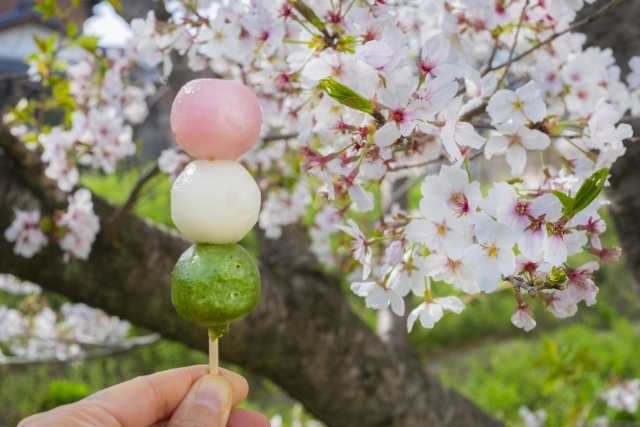
Sakuramochi
Sakuramochi is a sweet in which anko is wrapped in a dough made from glutinous rice and then enclosed in a pickled cherry leaf. The aroma of the leaf and the sweetness of the anko give it a unique flavor. Its shape differs between the Kanto and Kansai regions; in the Kanto region, the style wrapped in a leaf is common, while in the Kansai region, it is usually long and narrow.
